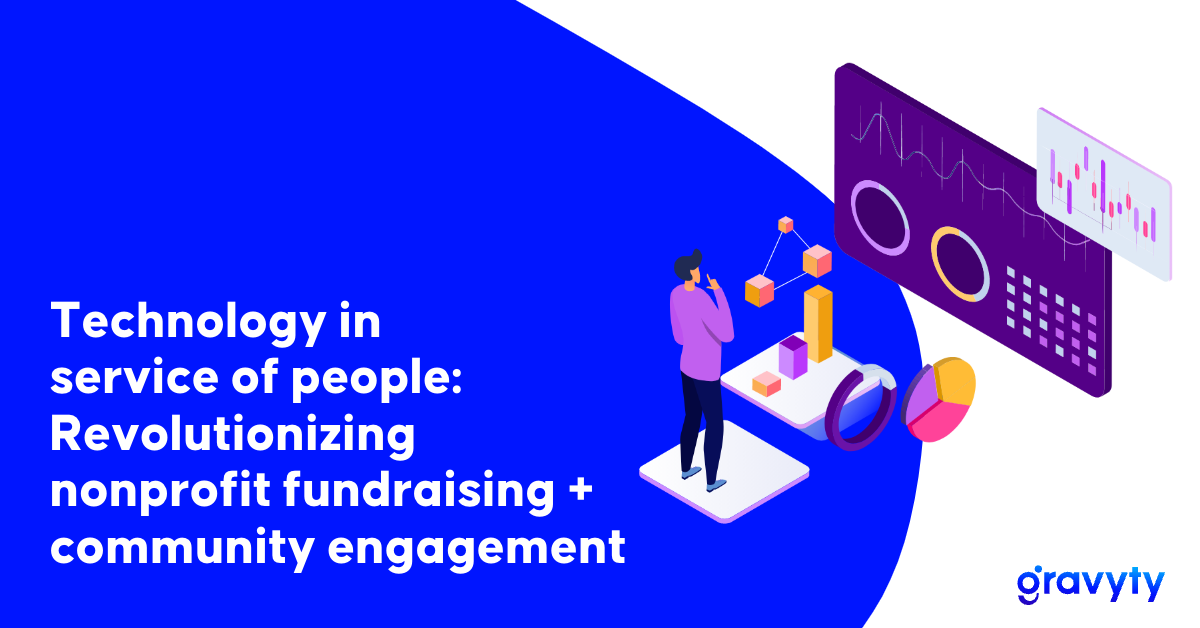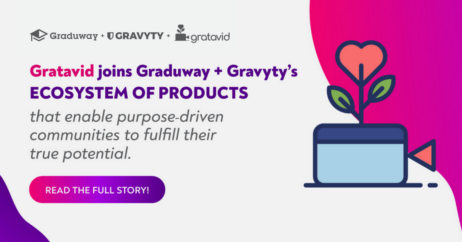Technology in service of people: Revolutionizing nonprofit fundraising + community engagement

Key takeaways on nonprofit technology from Gravyty’s webinar with Amy Sample Ward and Afua Bruce, Co-authors of the book “The Tech That Comes Next”
“In 2023, the way you care for your organization, your community and your employees needs to be enabled by technology. Every organization must make smart technology and data decisions regarding how they use technology to protect the sensitive data entrusted to them by their community or to help their employees perform their jobs better.”
– Afua Bruce, Co-author of “The Tech That Comes Next.”
Nonprofits play a vital role in ensuring technology products are designed and built in a way that genuinely serves humans and the missions they want to carry out, according to Amy Sample Ward and Afua Bruce—co-authors of “The Tech That Comes Next: How Changemakers, Philanthropists, and Technologists Can Build an Equitable World”.
But how can your organization play its part in building the nonprofit technology of the future? The answer is not to shy away from technology, but to step up, ask questions and work together with technology providers so that your input will help shape the products of the future.
Thankfully, our new guide helps you navigate those very relationships with technology providers and lend your unique perspective to guide technology in the right direction.
Read the complete guide:
The power of technology for nonprofits: Revolutionizing fundraising + community engagement
The principles of building a tech community
While you might not see yourself as “techy” and therefore may believe that your input is not needed, actively engaging with technology vendors is critical. No one knows your community, its needs or your role as well as you do, so your input is vital to ensure that providers can create the best possible products for your use.
Remember:
- Tech should be in service of us
- We create it, we build it
- Tech must be designed with the community that is to use it in mind
- Always think about the people who are going to be affected by the technology you’re designing and think about how the tool will best serve them.
“Our expectation is that technology should be accountable to us – the users. We are all part of deciding which technology comes next. How technology will be part of the world we want to create is a question all of us must answer.”
– Amy Sample Ward, Co-author of “The Tech That Comes Next.”
Ready to learn more?
Check out the complete guide for more! Download the guide now.




